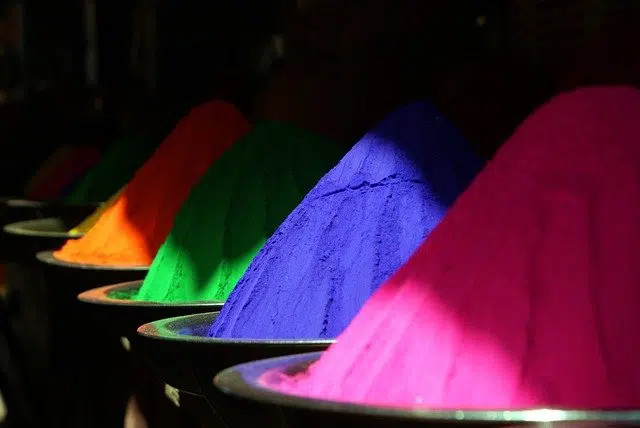
A colorant can be used as an additive.
Additive is a term that can be used as an adjective or as a noun . In the first case, it qualifies what you have or that can be added or incorporated into something else .
In the field of mathematics , the adjective additive refers to the term that, in a polynomial, is preceded by the + (plus) sign. According to the traditional principles of this science, we speak of an additive function to refer to that which preserves the operation of addition, that is, addition.
This can be seen in the following example: f(x + y) = f(x) + f(y) ; Here we notice that for both x and y the sum is preserved. It should be noted that in this case we are talking only about the values for which this function has been defined, that is, for all x and y that are within its domain .
Additives in mathematics
In this way, we can ensure that all linear transformations are additive, since this is one of the requirements of this concept, which can be defined as any application in which its domain and co-domain vector spaces also comply with the following property: T(ku) = kT(u) , where u is a vector and k is a scalar.
On the other hand, if the elements of the domain are real numbers (a set in which there are both negative numbers, zero and positive numbers, as well as irrational numbers, those that cannot be expressed), then the additive function is corresponding to that of Cauchy . Known as Cauchy's functional equation , it is, in effect, f(x + y) = f(x) + f(y) , as shown above as the additive function; Although it is one of the easiest to represent, in the set of real numbers it is very difficult to solve.

Ethanol is an additive often used in gasoline.
The concept in food
From its use as an adjective, additive can also be used as a noun . In this case, it is the substance that is added to another to improve it or to give it properties that it does not have.
Food additives are those that are added to foods to facilitate their conservation , prevent chemical changes or alter their flavor, color or aroma. Flavorings , colorings , flavorings and preservatives are some of the most common additives.
An example of a food additive is carminic acid , which is extracted from insects such as Dactylopius coccus (the mealybug ). This substance serves as a colorant and is used in the production of ice cream, yogurt and jam, among other products . By adding carminic acid to these foods, a reddish color is achieved that is very attractive to the eye.
Dangers of food additives
Despite the great popularity of additives in the food industry, it is very important to note that many of them represent a great danger to our health ; After all, these are substances that we do not normally use to prepare homemade food, so we could say that they are not strictly necessary, but rather have specific functions, often aesthetic ones.
One of the most dangerous additives is aspartame , also known by the name Equal or NutraSweet , which is often part of diet foods. There is various evidence of its carcinogenic action, and it considerably exceeds all other additives in the industry in the number of adverse reactions by consumers.
Other uses of the term
Additives can also be added to fuels to improve their properties . Ethanol , to name one example, optimizes the combustion of gasoline.
If we focus on chemistry , finally, the notion of additive applied to a property or magnitude refers to the fact that, in a mixture, it is shown as the sum of the values with which it appears in the different components.
